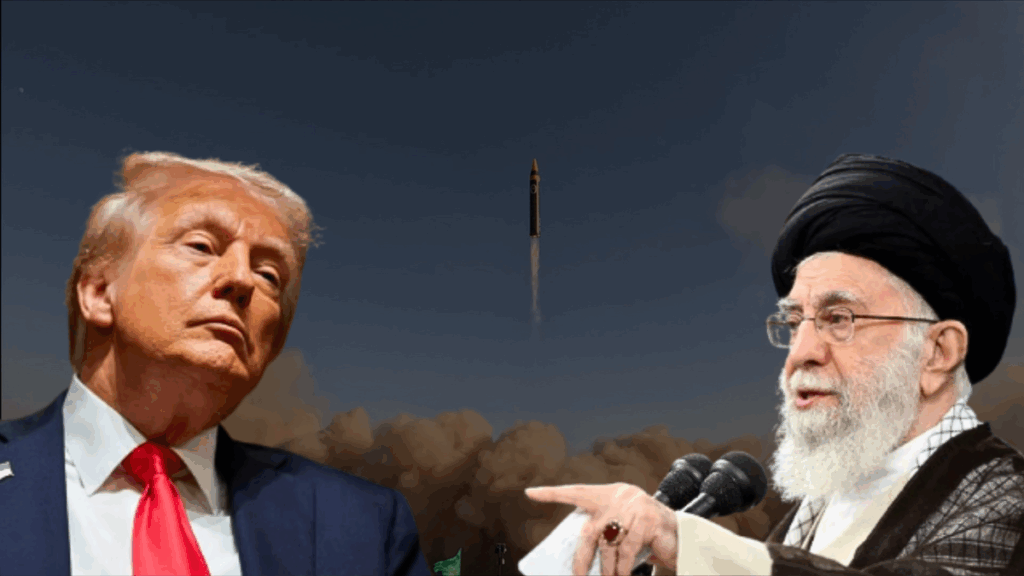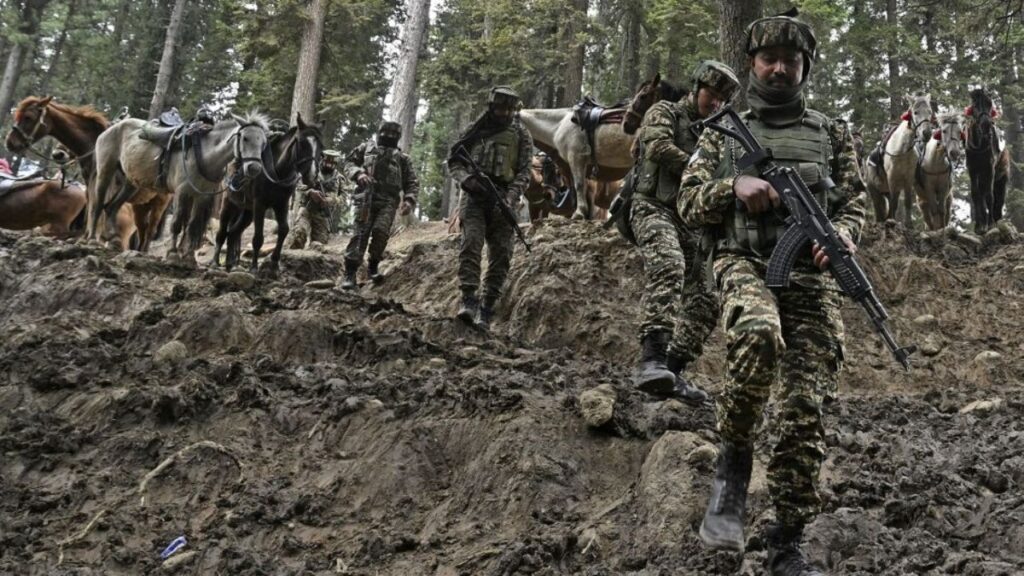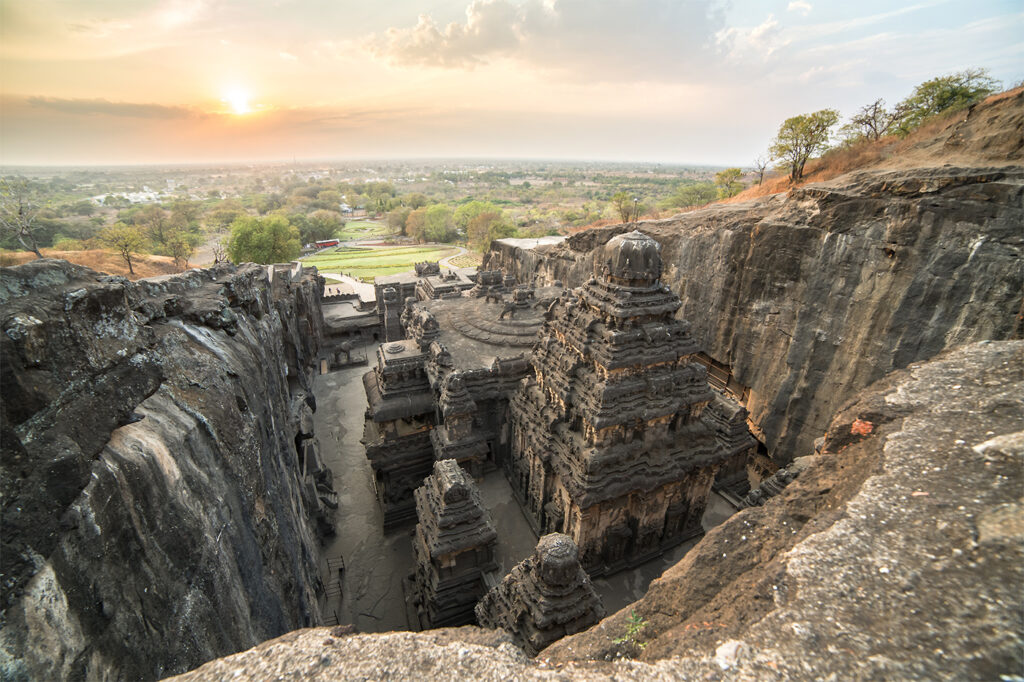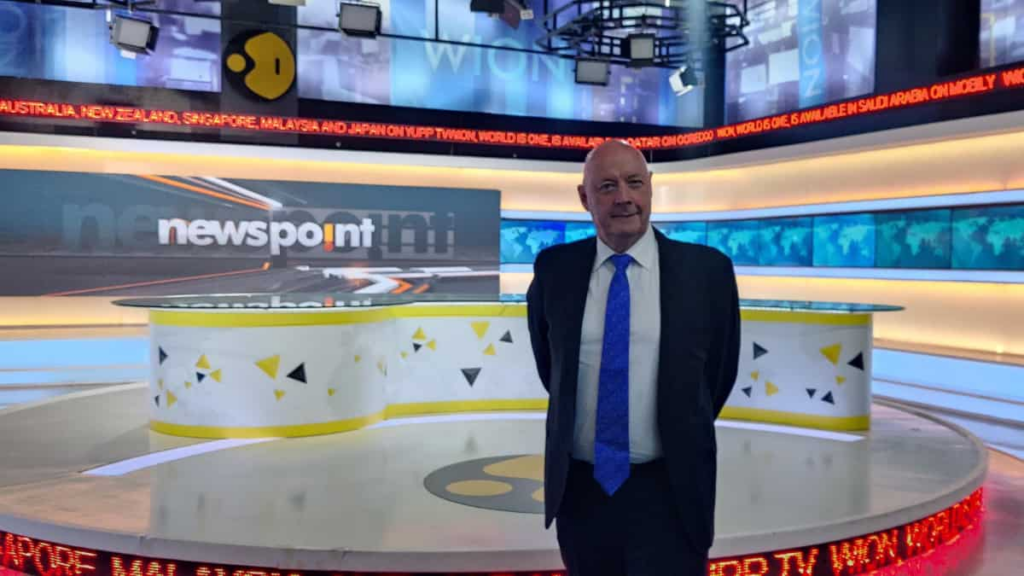
Trump’s nuclear crusade: Here’s how US vs Iran row begin over nuclear deal
After taking over the presidency, US President Donald Trump has been hell-bent on trying to get a new deal over Iran’s controversial nuclear programme. His obsession with not allowing Iran to have nuclear weapons has been making headlines for months now.
US and Iran officials have been holding indirect talks over the nukes concern as Trump is pushing hard to make Iran sign a deal.
On Tuesday, the US president bashed Iran, calling it the “most destructive force” in the Middle East, and accused it of causing unthinkable suffering to the Middle Eastern nations.
During his visit to Saudi Arabia, Trump also criticised Iran for tearing down the region and funding bloodshed abroad.
Also read: US sanctions over 20 companies for facilitating Iranian oil shipments to China
How it started – Let’s go back to 2018
The suspicions arose when Iran was found to have secret facilities in 2002. Following this, an agreement was made, called the Nuclear Non-Proliferation Treaty (NPT), which Iran and almost all other countries signed.
As per the agreement, countries can use non-military nuclear technology for medicine, agriculture and energy, but does not allow the development of nuclear weapons.
Later, all the further nuclear talks goes back to 2018, when Trump unilaterally withdrew the US from the Iran nuclear deal and sent a letter to Iranian leadership, proposing talks. However, Iran’s Supreme Leader Ayatollah Ali Khamenei rejected it, calling it Trump’s tactic to present additional demands.
Cut to 2015, the US along with other nations – China, France, Germany, Russia, the UK, the US, and the EU – signed the Joint Comprehensive Plan of Action (JCPOA), with Iran to limit its nuclear programme, and in exchange offered sanctions relief.
According to the deal, Iran agreed to limit its uranium enrichment to 3.67 per cent purity. It is the level, suitable for civilian nuclear power generation but far below the 90 per cent enrichment needed for weapons-grade uranium.
Iran has been reiterating that its nuclear program is for civilian purposes only. However, many countries and the global nuclear watchdog, the International Atomic Energy Agency (IAEA) are not convinced.
Also read: ‘Iran MOST DESTRUCTIVE force in Middle East’: Trump bashes Iran for causing unthinkable suffering
Trump against Iran nukes – Reasons explained
In 2018, Trump withdrew the US from the JCPOA, also known as the Iran nuclear deal, and reimposed economic sanctions, which infuriated Tehran.
He also criticised the deal as “defective at its core”. Not just that, the US president also warned Iran of military action if the talks do not succeed.
‘Funding terror groups’
The US president accused Iran of using financial relief from the deal to fund terrorist groups, including Hamas, Hezbollah, and the Houthis running and military operations in the Middle East.
‘Maximum pressure campaign’
Trump then launched a “maximum pressure” campaign aimed at crippling Iran’s economy and pushing it for a new agreement.
‘Most destructive force’
Trump sees Iran as a major destabilising force in the Middle East, calling it the “most destructive force”. He believes that if Iran will develop nuclear weapons, it would increase the risk of nuclear proliferation.
At last, Trump’s push for opposing Iran to have nuclear weapons is majorly because of regional stability, the potential for increased US security threats and Iran’s aid to terror groups.





Responses